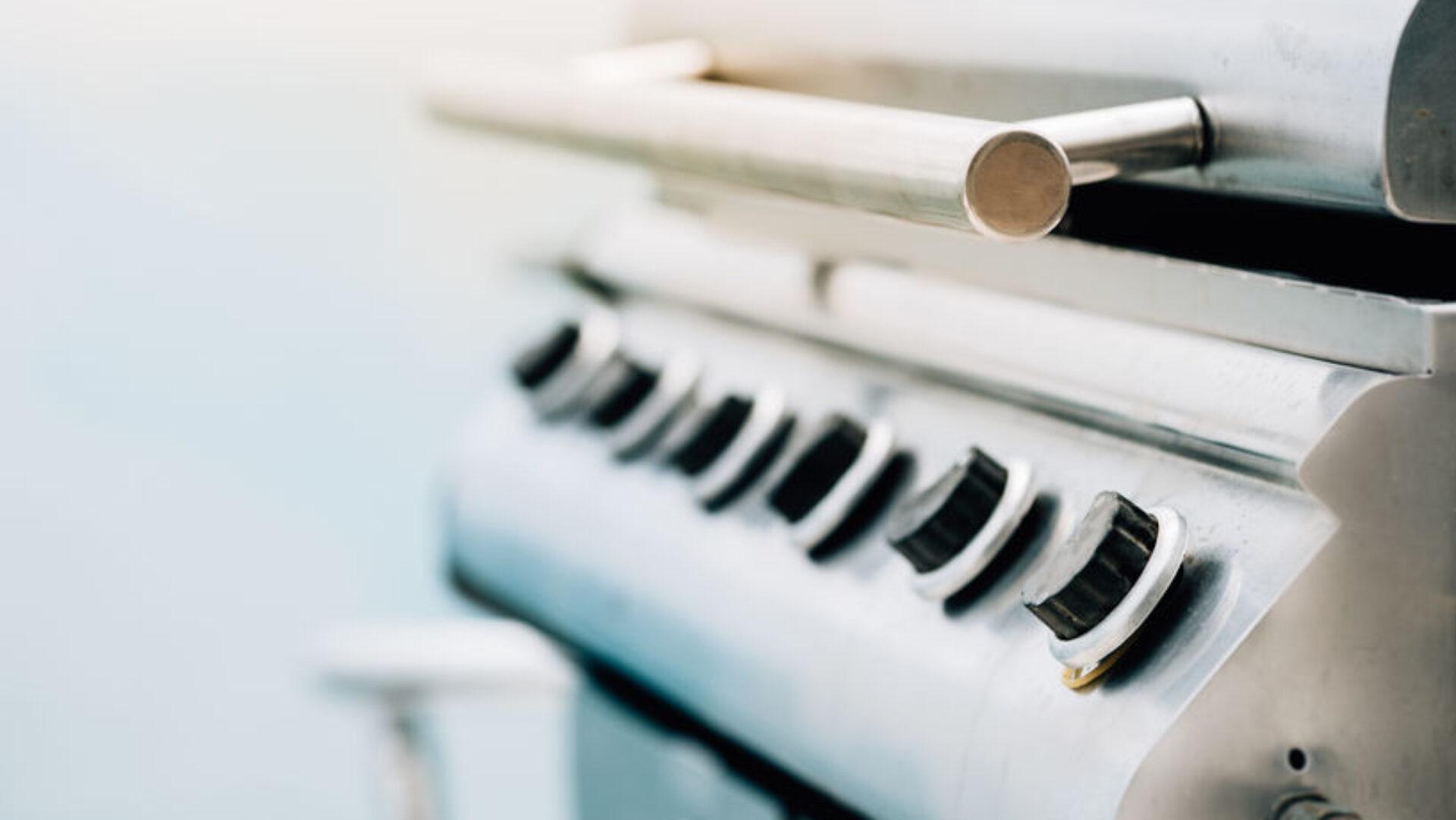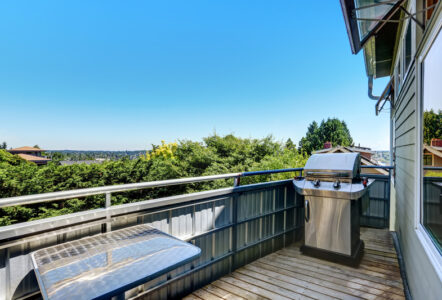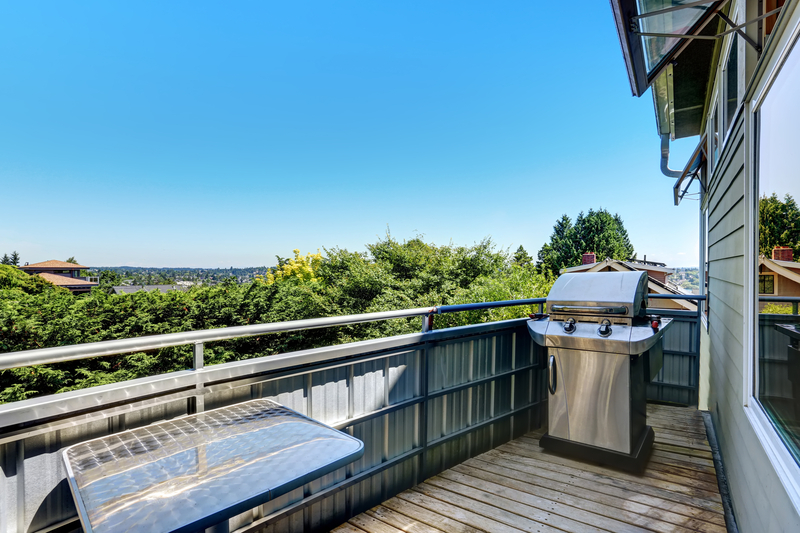
Choosing the right number of burners for a gas barbecue grill is a crucial decision for anyone who enjoys outdoor cooking.
The number of burners directly influences the kind of grilling experience encountered, affecting the control over heat distribution and the grill’s capacity.
For most individuals and families, a three-burner grill tends to offer a good balance of versatility and space.
The purpose and frequency of grilling significantly determine the ideal number of burners.
Those who often entertain larger groups might prefer a four or five-burner grill to efficiently manage multiple dishes simultaneously.
Conversely, a single or two-burner setup can satisfy occasional, smaller-scale cooking needs.
Space availability and storage are also important considerations when selecting grill size.
More burners typically mean a larger grill, which requires adequate storage or outdoor space.
Whether hosting a big barbecue party or enjoying a quiet dinner, understanding your needs helps in making the right choice.
Determining Your Barbecue Needs

Selecting the appropriate number of burners for your gas barbecue grill involves considering several key factors to ensure it meets your needs.
From the size of your gatherings to your preferred cooking techniques, each aspect plays a vital role in making the right choice.
Group Size Matters
The size of the group you typically cook for significantly impacts your decision.
Larger gatherings often require more burners to handle multiple dishes simultaneously, while smaller groups can easily be accommodated with fewer burners.
Space Availability
Your backyard or patio space is another critical consideration.
Grills with more burners are generally larger and require ample room for safe and comfortable cooking.
Be sure to measure your available space before making a purchase.
Cooking Styles and Techniques
The type of meals you enjoy preparing can also influence your choice.
Complex dishes with multiple courses benefit from additional burners, which allow you to create distinct cooking zones for various ingredients.
Techniques like searing, slow cooking, and indirect grilling are best executed with grills offering multiple burners for greater flexibility.
Frequency of Use
How often you grill is another factor to keep in mind.
Frequent grillers may find that a model with more burners saves time and enhances efficiency by providing better heat distribution and faster cooking times.
Burner Recommendations by Usage
- Single Burner: Ideal for small gatherings or simple meals. These grills are compact, easy to store, and perfect for limited cooking needs.
- Two Burners: A versatile choice that supports direct and indirect cooking methods, offering more flexibility than a single-burner setup.
- Three to Four Burners: Perfect for those who entertain regularly. These grills allow for multiple cooking zones, enabling different foods to be prepared at varying temperatures.
- Five or More Burners: Designed for large groups and complex dishes, these grills provide maximum control and cooking space for ambitious grilling projects.
Budget Considerations
While grills with more burners offer increased versatility, they also come with a higher price tag.
Balancing your budget with your grilling needs is essential.
Focus on the features that matter most to you, ensuring that your choice delivers long-term satisfaction.
By taking into account group size, space, cooking habits, and budget, you can confidently select a grill with the right number of burners.
Whether you’re cooking for two or twenty, prioritizing your needs will help you create unforgettable barbecue experiences.
Basic Types of Gas Burners

Gas barbecue grills can feature various types of burners, each offering unique benefits.
The most common types include stainless steel, cast iron, and ceramic burners.
Stainless Steel Burners are popular due to their durability and resistance to rust.
They offer even heat distribution and can withstand high temperatures.
Although they are more expensive, their longevity often justifies the cost.
Cast Iron Burners are known for their ability to retain heat efficiently.
They are typically coated with porcelain to prevent rust and improve lifespan.
While they offer excellent heat retention, they may require regular maintenance to stay in top condition.
Ceramic Burners provide a unique cooking experience by delivering intense heat.
They are capable of reaching high temperatures quickly, making them ideal for searing.
However, they may be more fragile and can break if not handled carefully.
For those who enjoy cooking while saving energy, Infrared Burners are an option.
These burners convert gas into infrared heat, which cooks food evenly and quickly.
This method often uses less gas, providing an efficient cooking process.
Choosing the right type of burner depends on individual cooking preferences and maintenance considerations.
Each type offers distinct features, making them suitable for different grilling needs.
Assessing Burner Quality and Performance
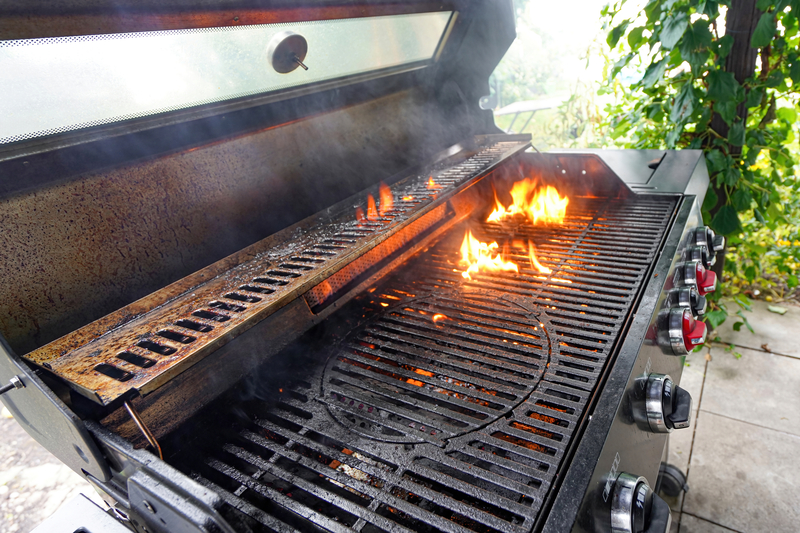
When choosing a gas barbecue grill, burner quality plays a key role in cooking efficiency.
Material is vital; stainless steel and brass are highly durable, resisting rust and corrosion.
Cast iron burners, while robust, require regular maintenance to prevent rust.
BTU rating indicates the burner’s heat output.
A higher BTU doesn’t always equate to better performance.
Efficiency depends on grill design, heat distribution, and insulation.
It’s important to consider how well heat spreads across the cooking surface.
Ignition systems also impact performance.
Reliable ignitions, such as electronic or battery-powered options, offer consistent starts.
Piezoelectric systems can be dependable, though they may require more effort with age.
Burner configuration affects cooking versatility.
Multiple burners allow for precise temperature control, enabling indirect cooking and searing.
Ensure potential grill hotspots are minimized for even heat distribution.
Regular maintenance can extend the life and performance of burners.
Cleaning reduces clogs that affect flame consistency.
Additionally, inspection for damage and corrosion helps maintain optimal function over time.
Additional Features Affecting Burner Count
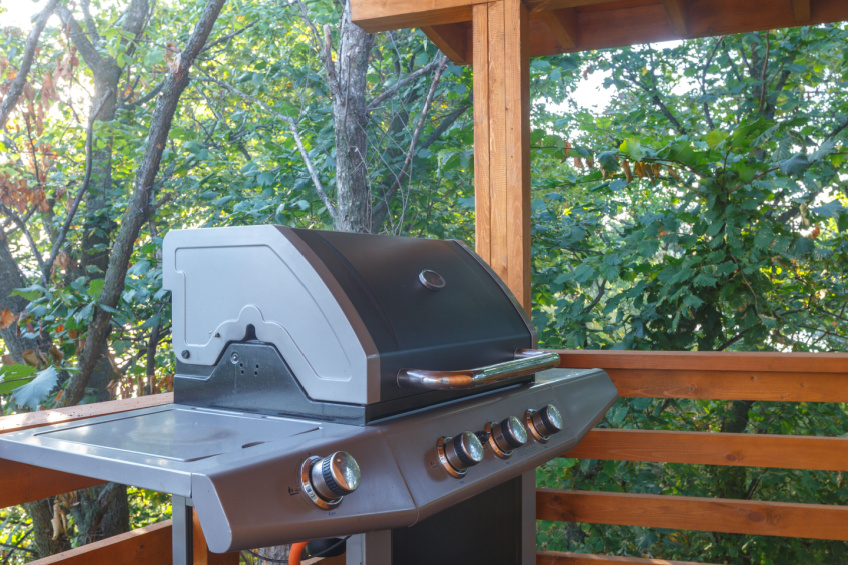
Side Burners
Many gas grills come with side burners for cooking sauces or side dishes.
These burners allow for multi-tasking, making them ideal for larger gatherings.
If frequent use of side burners is anticipated, one might consider this as part of the total burner count.
Rotisserie Burners
A rotisserie burner is another feature that can impact the count.
This is typically positioned at the back of the grill and is used for slow-cooking.
A dedicated rotisserie burner can complement the primary burners, enhancing the grilling options.
Infrared Burners
These infrared burners provide high-intensity heat.
They’re excellent for searing meats, adding versatility to the grill.
Infrared technology requires its own set of burners, and grills featuring them often incorporate these into the burner count.
Warming Racks
Some models include warming racks that may require additional small burners to keep food warm without cooking it further.
While they don’t directly add to the main burner count, they influence the grill’s overall functionality.
Zone Cooking
Certain grills are designed for zone cooking, allowing different sections of the grill to maintain varied temperatures.
This can necessitate extra burners to create distinct cooking zones, useful for preparing multiple types of food simultaneously.
These additional features should be considered based on personal cooking preferences, space requirements, and budget.
Understanding how these components interact with the burner count helps in selecting the most suitable grill for varied cooking needs.
Space and Size Considerations
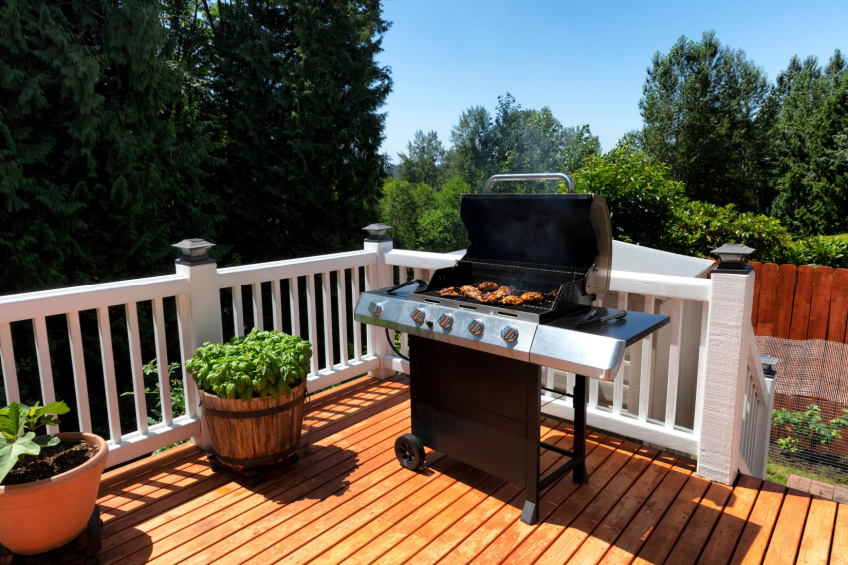
When selecting a gas barbecue grill, the size of the grill and available backyard space are crucial factors.
Compact grills usually have two burners and are ideal for small patios or balconies.
They are easy to store and maneuver.
Medium-sized grills often feature three to four burners, providing a balance between cooking surface and space requirements.
Large grills with five or more burners offer extensive cooking areas suitable for larger gatherings.
They typically need a spacious area for setup, making them perfect for extensive backyard spaces.
Consider the number of people you typically entertain to determine the necessary grill size.
Dimensions and layout also play a critical role.
Measure the designated area for the grill to ensure it fits comfortably.
Bear in mind that some space should be left around the grill for safety and convenience.
Keep mobility in mind if the grill needs to be moved frequently.
Models with wheels can offer flexibility in positioning the grill for different occasions or storage situations.
Finally, think about additional features, such as side burners or warming racks, which can affect the overall dimensions and space needed.
Choose wisely based on your regular cooking habits and entertaining needs.
Gas Consumption and Efficiency
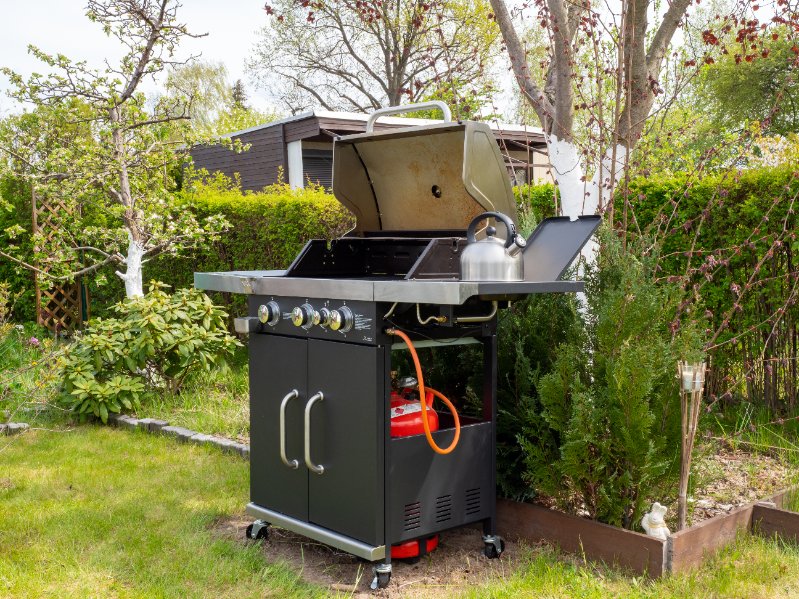
Gas consumption on a barbecue grill is closely tied to the number of burners.
More burners typically result in higher gas usage.
For those who prioritize energy efficiency, selecting a grill with fewer burners or adjustable burner settings can be beneficial.
Factors Affecting Gas Consumption:
- Number of Burners: More burners can increase gas usage but allow for higher heat output.
- Type of Cooking: High-heat grilling consumes more gas than slow cooking or smoking.
- Grill Size: Larger grills generally require more gas to maintain desired temperatures.
Efficiency Tips:
- Preheat Efficiently: Only preheat for as long as necessary to avoid wastage.
- Utilize Zones: Use indirect heat zones to save gas by not running all burners simultaneously.
- Maintenance: Keeping burners and ports clean ensures they operate efficiently, reducing gas costs.
Average Consumption Estimates:
| Number of Burners | Estimated Consumption per Hour (BTU) |
|---|---|
| 2 Burners | 20,000 – 30,000 |
| 3 Burners | 30,000 – 45,000 |
| 4 Burners | 40,000 – 60,000 |
These estimates vary based on the grill’s design and usage habits.
Adjusting cooking methods and maintaining the grill can influence overall gas usage, promoting both efficiency and cost-effectiveness.
Guide to Choosing the Right Gas Grill: Burner Counts and Top Picks
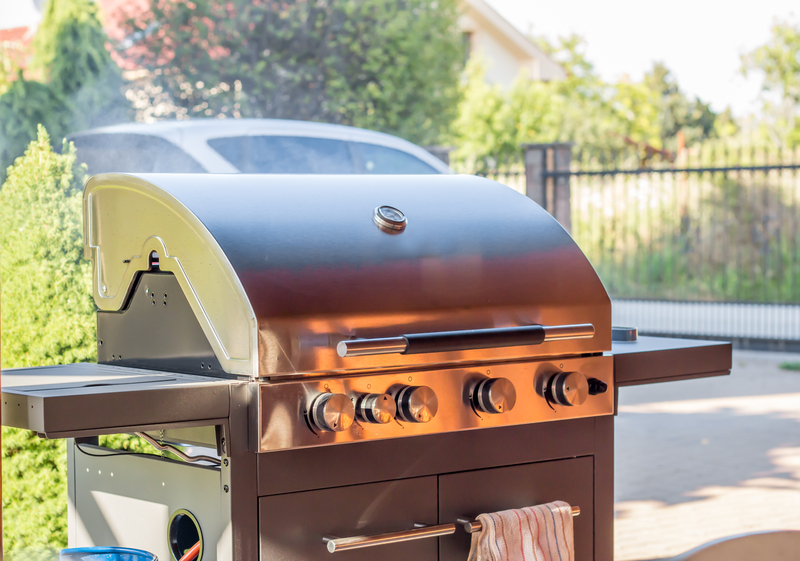
Selecting the right gas barbecue grill can feel overwhelming, but one key factor makes the decision easier—the number of burners.
The burner count directly affects your cooking flexibility, heat control, and capacity.
Whether you’re cooking for a cozy dinner or a bustling backyard party, here’s how to find the perfect grill for your needs.
The Sweet Spot: Two-Burner Grills
Cooking for one or two people doesn’t require a huge setup.
A two-burner grill offers a balance of space and functionality, perfect for small households or occasional entertaining.
With two burners, you can experiment with direct and indirect heat, achieving juicy and flavorful results for meats and poultry.
 The Char-Broil Performance 2 Burner Gas Grill compact yet efficient grill features 405 square inches of cooking surface, providing ample space for family dinners or small gatherings.
The Char-Broil Performance 2 Burner Gas Grill compact yet efficient grill features 405 square inches of cooking surface, providing ample space for family dinners or small gatherings.
Its sleek design, even heat distribution, and easy-to-clean construction make it a standout option for beginners and seasoned grillers alike.
Versatility Meets Convenience: Three-Burner Grills
For families of four to six, a three-burner grill offers the ideal combination of space and power.
With extra burners, you gain more cooking zones, allowing you to sear steaks at high heat while slow-cooking a whole chicken with indirect heat.
This setup offers flexibility for adventurous home chefs.
 The Weber Spirit II E-310 is a robust grill that boasts 529 square inches of cooking space, making it perfect for family meals and entertaining.
The Weber Spirit II E-310 is a robust grill that boasts 529 square inches of cooking space, making it perfect for family meals and entertaining.
Known for its consistent heat and durable build, the Spirit II E-310 provides reliable performance.
Plus, its sleek design adds style to any outdoor kitchen.
The Entertainer’s Choice: Four-Burner Grills
If you love hosting large gatherings or have a big family, a four-burner grill is your best bet.
With ample cooking surface and multiple zones, you can prepare various dishes simultaneously using different temperatures and techniques.
From grilling burgers to slow-roasting BBQ ribs, the possibilities are endless.
 The Weber Genesis II S-435 is a standout choice for serious grill enthusiasts, offering a perfect blend of performance and style.
The Weber Genesis II S-435 is a standout choice for serious grill enthusiasts, offering a perfect blend of performance and style.
With its sleek stainless-steel finish and robust construction, this premium grill is built to withstand the test of time.
Its exceptional design not only enhances durability but also adds a touch of sophistication to any outdoor cooking space.
Featuring a spacious cooking area and precision heat control, the Genesis II S-435 is ideal for cooking large meals effortlessly.
It’s perfect for holiday parties and special occasions.
Choosing the right gas grill starts with understanding your cooking habits, lifestyle, and space.
For those with simple needs, a two-burner grill offers great functionality.
A three-burner grill suits most families, while a four-burner setup is perfect for entertaining on a larger scale.
With the right grill, you’ll transform outdoor cooking into a delicious and stress-free experience.
Whether you’re a novice or a grill master, there’s a perfect option waiting for you.
Maintenance and Longevity of Gas Burners
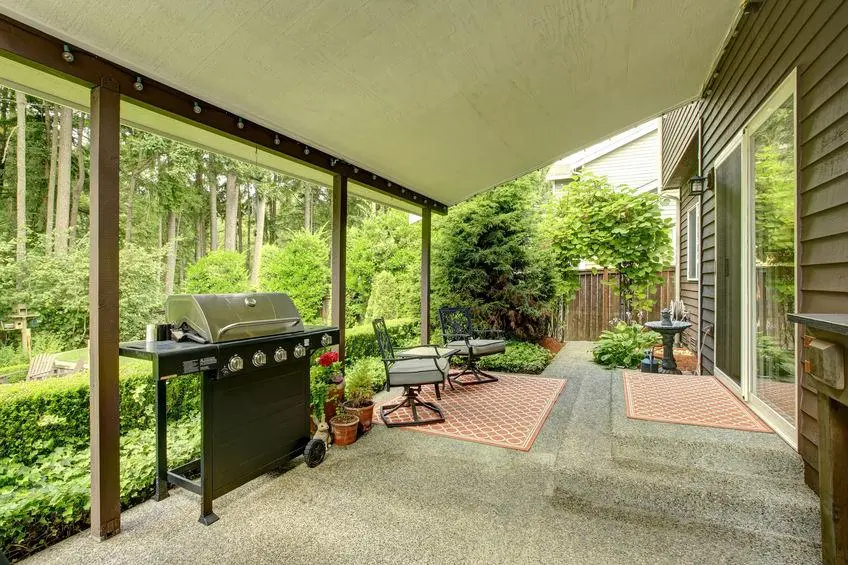
Gas burner maintenance is crucial to ensuring a barbecue grill lasts many years.
Regular cleaning is essential to prevent buildup.
Oil and grease, along with food particles, can accumulate on the burners, affecting their performance.
It’s recommended to clean the burners after every few uses.
Use a non-abrasive brush or a soft cloth with mild detergent.
Once clean, thoroughly dry the burners to avoid any rust formation.
Inspecting burners regularly for any signs of damage is vital.
This process includes checking for cracks, holes, or clogs.
If the burners appear damaged, they might need to be replaced to keep the grill functioning safely.
Factors affecting longevity include the material of the burners.
Stainless steel burners often offer superior durability compared to cast iron ones.
Weather conditions and frequent use can also impact their lifespan.
Proper storage during the off-season can greatly enhance the longevity of gas burners.
Ideally, grills should be kept in a sheltered area away from moisture to prevent corrosion.
Tips for Longevity:
- Regular cleaning: Remove food residue and grease.
- Storage: Keep sheltered from rain and snow.
- Material: Consider stainless steel for durability.
- Routine Inspection: Look for signs of wear or damage.
Investing time in maintenance helps ensure that gas burners remain efficient and extend the life of the barbecue grill.
